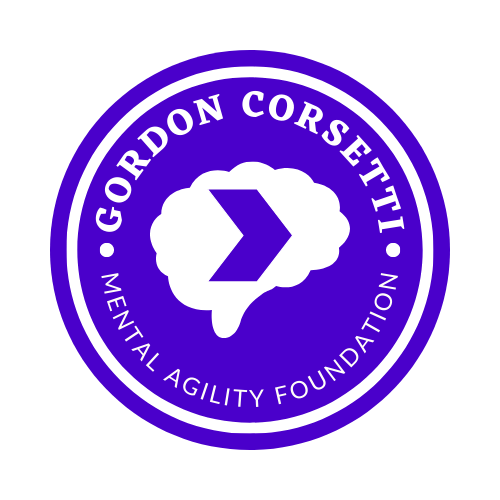Mood Tracking - Unintended Behavior Modification
/Just behind Cognitive Behavioral Therapy exercises, tracking my mood is the longest-running therapeutic endeavor that I continue each day. Currently, I’m on a 614 day streak of considering my mood across these options:
Ecstatic
Happy
Meh
Sad
Miserable
I assumed this ongoing project would purely be for reference. I could look back to see when I was happy versus sad, and then identify what happened just before a happy or sad data point. I thought I’d learn to curate my mood by increasing the amount of activities that preceded those “ecstatic/happy” inputs and decreasing those that deflated my mood. It’d be an accurate historical account that I could use to stabilize and improve my future moods.
After mood tracking for over a year I accidentally ran across a catalyst that drastically and consistently upped my mood. I was stumped because the longer I tracked my mood, the smoother the peaks and valleys between happiness and sadness became. Sure, I was intentionally doing more happy things and less sad things, but there is only so much I can control in life. Even on objectively bad days that I could remember — super early mornings, rain the entire day, a screw-up at work, a pre-cursor to a panic attack — my mood was generally north of “meh,” and I couldn’t account for why. Confused, I started to pay more attention to my thought process while entering my mood and discovered a quirk.
I realized that when about to click the “meh” button, I’d ask myself: “Is there anything I can do to get myself to feel ‘happier’?” Instead of recording “meh,” I took a second or a few minutes to do something that I knew would improve my mood. Then I’d record myself as being more happy at 7:20AM on a random Wednesday when I had felt pretty off just a few moments before. I’d been doing this unconsciously for several months, which explained why I had a string of higher-than-average mood data points.
The referee in me immediately asked if I was cheating my system. Artificially inflating my mood to get a better overall score. Then I asked: “who gives a damn?” I’m the sole judge of whether I feel good or not, and with regularly check-ins I trained myself to consider ways to experience more happiness and record my mood after having tried one of my many skills. My mood tracking app went from recording how I felt in the moment to how I felt after doing something good for myself such as:
Look how cute he is!
Notice something pretty or creative while driving
Complete a few rounds of Circle Breathing
Call/text a friend
Look at a picture of my cat, Dexter
If I’m still unhappy after doing something as simple as watching the breeze caress a tall tree then I dutifully mark myself as “meh,” “sad,” or “miserable”. That tells me I really need to work on self-care at some point that week because the activity I chose didn’t positively increase my mood.
The simple habit of checking-in with how I felt each and every day helped me discover ways to be happier. With greater mood awareness I’m more likely to pick a way to feel slightly better. Another fortunate consequence of this is that I gained a more accurate picture of when I could be spiraling into a depressive episode. My depression gets a vote. Even with all the medication, therapy, meditation, DBT skills, good diet, alcohol-avoidance, and journaling it can still suffocate my mood. If I notice a pattern of below average mood points I’m on the alert for the early stages of a depressive spiral and can immediately increase my self-care routine, rally my support network, and schedule an appointment with my therapist.
I’m sure I’ll continue tracking my mood for at least another year, or until I realize I’m automatically checking-in with myself and adjusting my behavior to improve my state-of-mind. That is what happened with written Cognitive Behavioral Therapy thought records. I still write them down when I feel the need, but I practiced thought records for so long that they became part of my normal thought process. I expect something similar will happen with mood tracking. It’s such a simple tool to increase emotional awareness that it is one of my go-to recommendations for people of any age who ask how they can enhance their wellbeing.
If you’d like to start a mood tracking habit check out these apps to get you started:





